
Articles on Monkeys
Displaying 1 - 20 of 64 articles

Freshwater biodiversity receives less conservation attention, especially in Nigeria.

The bigger the brain, the better we are at finding fruit. But is that true? A new study on wild primates refutes this idea.

Male proboscis monkeys are known for their large, bulbous nose appendages. It’s a strange feature to evolve – with new research shedding light on their unlikely origin story.
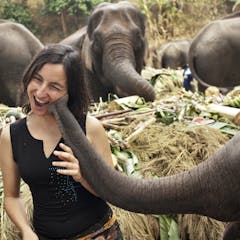
Even self-proclaimed ethical tourism programs can widen economic gaps and harm communities they claim to protect. Here are a few steps you can take as an ethical tourist.

A community of macaques in Japan has a high rate of disabled individuals who survive with behavioural flexibility and maternal care. Globally, primate disabilities are often related to human causes.

New fossil studies tell us our ancient ancestors enjoyed a diet of soft, sweet fruits. This would have influenced where they lived and spread to – and even the evolution of colour vision.
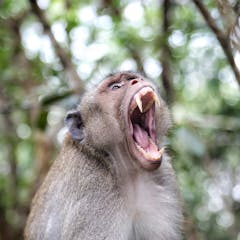
Tourists can do a number of things to avoid dangerous encounters with monkeys.

The results could indicate populations of more typical prey in southern Mexico are shrinking.

New research looks at how different species have managed to cross geographic barriers throughout history and whether their individual traits played a crucial role in these journeys.
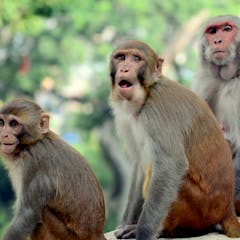
Rhesus macaques are known for harassing people in New Delhi, where the G20 summit is being held, so authorities are taking action – but is it the right action?
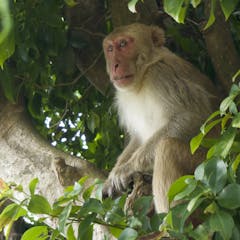
Most of the males in a Puerto Rican monkey colony engaged in homosexual activity, a new study reveals.

Orangutans, gorillas and chimpanzees seem to enjoy the buzz of getting dizzy.
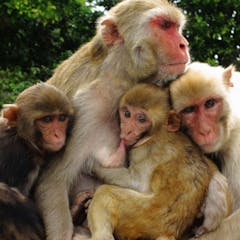
Many older people tend to trim their social circles and focus their social efforts on family and close friends. New research on our close primate relatives may help explain why.

Researchers encourage citizen scientists to contribute to datasets on animal deaths caused by infrastructure. This will inform efforts to reduce the human impact on biodiversity.

Most of us have heard of the dangers of deforestation but there are other more subtle ways that human beings can endanger monkeys, apes and lemurs.

Almost all theories of human bipedalism explain it as a terrestrial adaptation. A new study does not support that view.

Do you know zoopharmacognosy is? Some animals use trees to treat themselves.
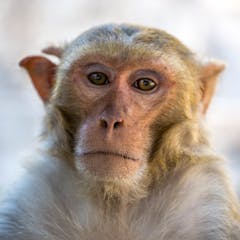
Nonhuman primates like rhesus monkeys share certain characteristics with people that may make them better study subjects than mice for research on neurodegenerative diseases.

Researchers used a test designed for babies to show that rhesus monkeys can sense their own heartbeats. The finding opens up important paths of research into consciousness and mental health issues.
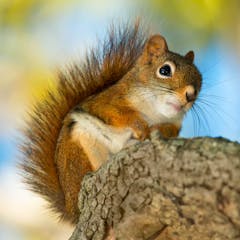
North American red squirrels produce a range of sounds, but their distinctive rattle call may have more to do with identifying themselves than warning off other squirrels.
